Ficus microcarpa
Ficus microcarpa "gingseng". This peculiar ficus is a absolutely a focus of attention. Super easy to take care of. And its twisted trunk does not go unnoticed.
 Encrypted payments for greater security
Encrypted payments for greater security
To reduce the plant's time in transit, shipments are made from Monday to Wednesday.


Shipping only to mainland Spain and mainland Portugal
Origin
Ficus microcarpa is an evergreen plant belonging to the Moraceae family.
Description
The peculiarity of this ficus lies in its robustness and its aerial roots, which give it great beauty. These roots grow from the branches to the ground to create new "trunks" over time, making the ficus acquire a very striking structure. Its growth is fast, reaching between 15-20 meters in its habitat. Its canopy is also quite voluminous, making it widely used as a shade tree.
Care
It requires warm climates for growth, as it is a tree from tropical and subtropical climates. Its use as an indoor plant in bonsai form is widespread, as its care is not complicated. It needs humidity in the environment and a place with several hours of soft or semi-shade sun to thrive, but not direct strong sun, as its leaves can burn. The temperature should not drop below 15°C, and it is advisable to avoid drafts or wind. It is better to maintain a pleasant temperature and a regular environment. As for the soil, it needs a clay medium that retains moisture but also has good drainage to avoid waterlogging. It should be watered before the soil completely dries out, but without soaking.
Watering
It should be watered before the soil completely dries out, but without soaking.
Pruning
It should be pruned carefully and lightly to avoid damaging its shape, with previously sharpened and disinfected pruning shears. Broken or damaged branches or those that are not aesthetically pleasing and unbalance its shape should be removed. It is best to do this in early autumn.
Transplanting
Transplanting should be done in spring when it is observed that the roots protrude from the pot due to lack of space. Around 30% of the roots, especially the thicker ones, should be cut, and enriched substrate should be added. Bonsai soil can also be used.
Data sheet
- Name
- Ficus microcarpa
- Origen
- India, China, Island of Java in Indonesia
- Colour
- Dakr green leaves of about 4-5 cms
- Flowering
- No flowers of value like ornamental
- Location
- Full sun, or partial shade. When grows like a bonsai in partial shade or shade with lot of light.
- Irrigation
- Water the ficus microcarpa when to surface of the soil starts to be dry, and be sure that all the roots ball receive enough water. Do not over water, and do not leave the water staying in the plate.
- Applications
- Ficus microcarpa are frecuently use in lines on the streets to provide shade, as well as specimen in big gardens. As an indoor plant, mainly like a bonsai.
- Others
- It can resist short periods of 0ºC, but is a plant which thrives in warm climates.
- Note
- Being the product a living plant and depending on the season, this plant could be received, in some cases, not exactly the same as in the photography, but as similar as possible, without impacting on quality of the same.
12 other products in the same category:
-
Beaucarnea€13.50
-
Kalanchoe blossfeldiana.€3.60
-
Cordyline fruticosa€10.50
-
Spider fern.€6.00
-
Aspidistra elatior.€17.00
-
Strelitzia augusta .€13.75
-
-
Alocasia macrorrhiza....€32.00
-
Planta del dinero -...€5.90
-
Gasteria carinata€18.00
-
Chlorophytum comosum....€2.20
-
Fuchsia hybrida.€3.90

 English
English Spanish
Spanish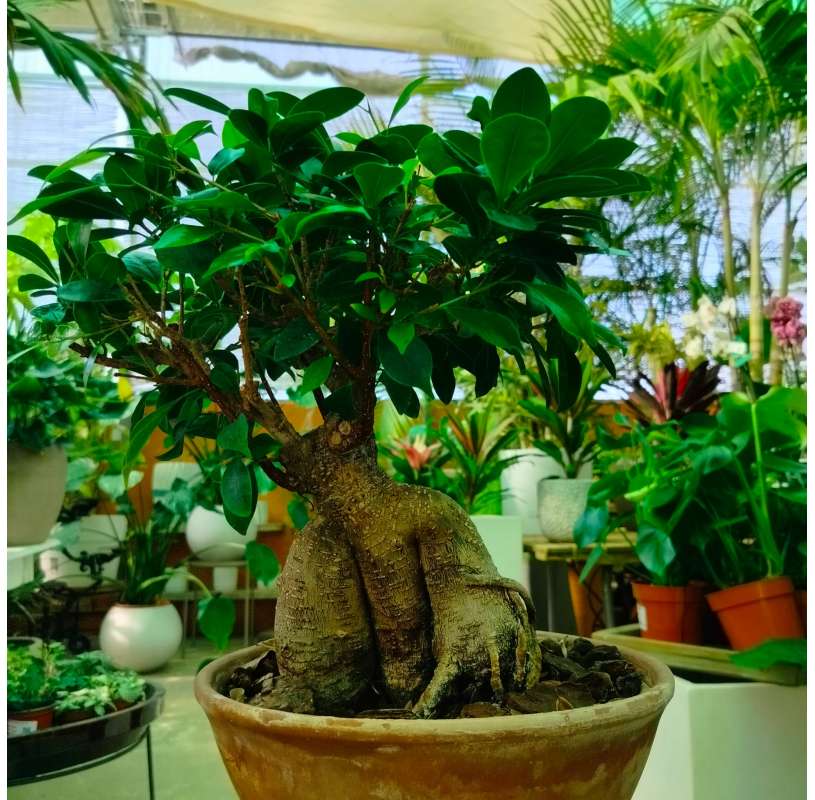





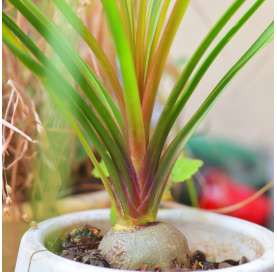

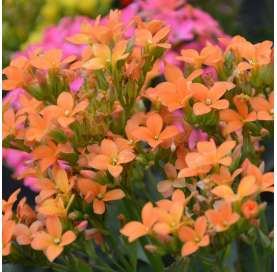

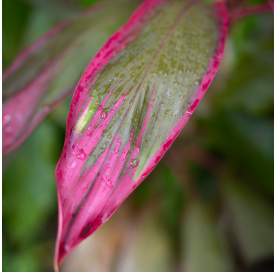

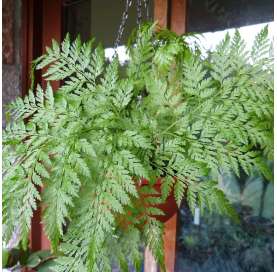

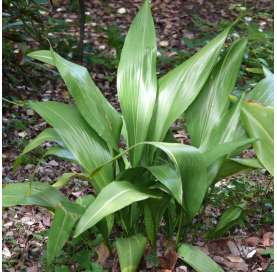


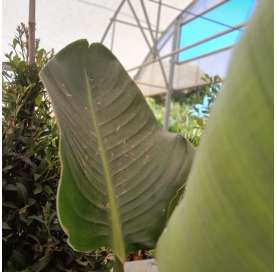
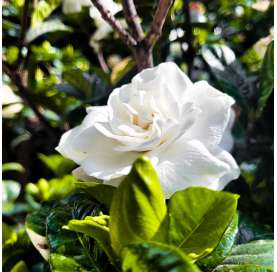

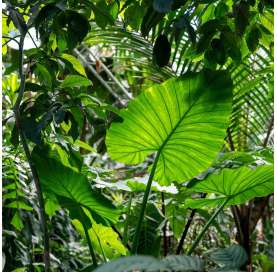

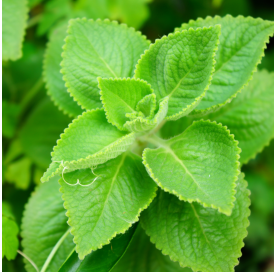

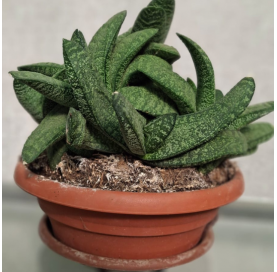
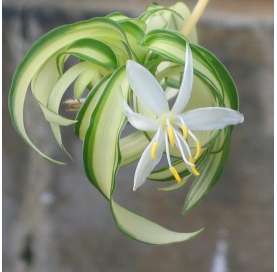

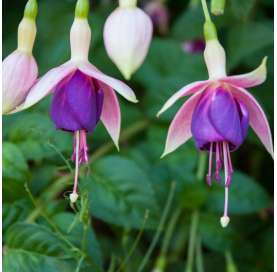

 We love these ideas on
We love these ideas on